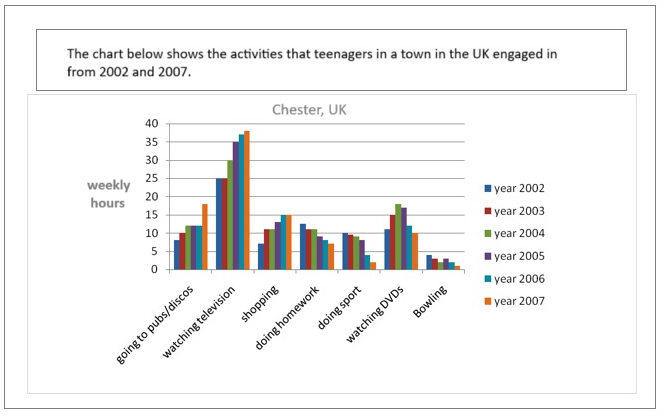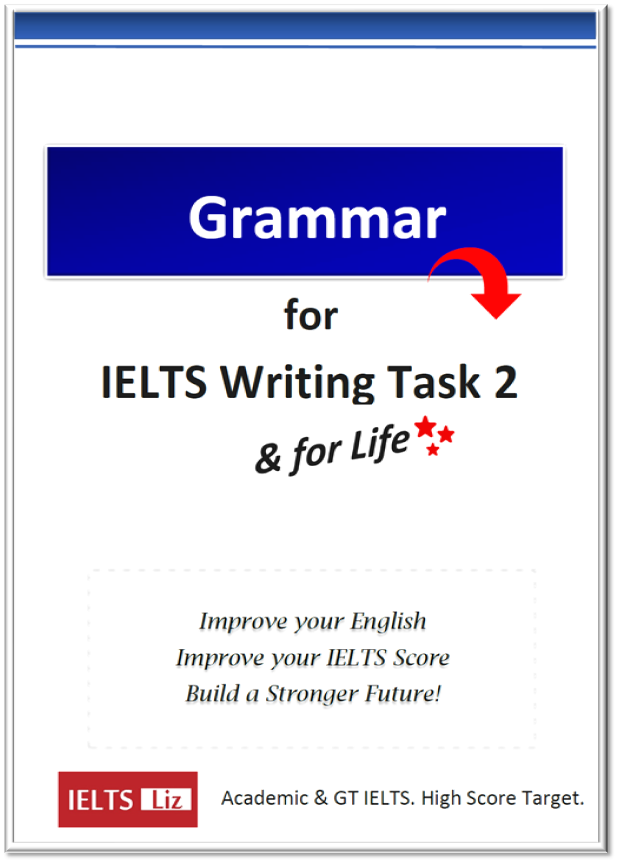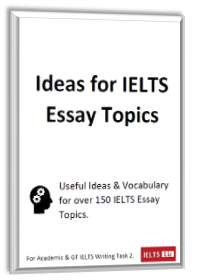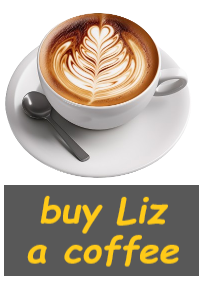Dakshita’s Tips for IELTS 8
Dakshita has generously written some useful tips to help all IELTS aspirants with their test. Dakshita has some great advice to share and I think you can benefit greatly from reading it.
I have added some links that Dakshita has mentioned in the list of tips 🙂
Dakshita Says: I am a doctor, just finished my undergrad course and wanted to qualify for IELTS in the first attempt to apply for PLAB 1 as early as possible.
Dakshita’s IELTS Results May 2018
Overall IELTS Band Score 8
- Listening: 8
- Reading: 9
- Writing: 7
- Speaking: 8
Dakshita’s Tips & Experience
Coming to my preparation tips :
READING :
Honestly, I couldn’t believe I scored a 9 in reading! I was very tensed about my answers because I got stuck in the last sentence completion task of the third passage and the clock was ticking away fast. I didn’t get to re-check any answers because of this and just prayed I’d hit a 7.5 in reading. My weakness was the TRUE/FALSE/NOT GIVEN task and I went through Liz’s video on the tips for this which made me mindful of my mistakes and avoid repeating them.
I would say practice would be essential, after being aware of the different question types, of course. I went through all the tasks on Liz’s website and then did tests from other free websites with a timer. I didn’t score more than 7.5 on most of my reading practice tests because I’d get impatient and try to finish the tasks as fast as I could. The recommended division is 20 minutes for each passage, but I would suggest 15 + 15 + 20 respectively so there’d be some time left over. I also want to reiterate that you should read the whole passage! Sometimes there are answers which are hidden in a few simple sentences which may be missed while skimming the passage. It’d be easier to have an idea of the passage and then see then questions, as they can be tricky. Always circle the questions that you may have doubts about so you can go back to them at the end. Make sure to attempt every question (check the question number properly) and don’t leave the answer space blank!
Links: TFNG Video Lesson / TFNG Extra Practice
LISTENING :
As most people (and Liz) have said, its vital to concentrate and pay attention to every single sentence in this task. Do not try to look at more questions than instructed (Ex. Look at only Q 1-5 and not beyond, etc) and make quick notes about the conversation if you’re not sure about the answer. I felt a couple of sections were a bit tricky so I noted some key points from the speakers so I could ponder over the answers later. You have to keep going with the recording so don’t get stuck and don’t worry if you don’t get an answer immediately! As soon as the recording stops, make sure to enter all the answers immediately in the answer sheet; changes can be made later. You’re instructed to stop writing as soon as the timer stops so please don’t leave any answer blank.
Link: Listening Tips
WRITING :
Ah, the dreaded task!! I must say, my heart was pounding for this one, as I needed a minimum score of 7. I am more than satisfied with my score because I made mistakes in my tasks and was slightly below the word limit in Task 1. I expected to lose points for that and hoped my second task would make up for it.
Task 1 : We were given a diagram of a process to be described. Personally, the mistake I made in the practice sessions was not being mindful of the tense while writing my report. Simple past, people! I reminded myself on the morning of the exam to make sure the tense was correct in Task 1. Overview in simple present, process/description in simple past. Please remember this while practicing. I spent the last 10 minutes fixing the tense and counting words when I realized I was under the word limit. And it was too late to add any more sentences.
Task 2 : Yes, it is important to spend time planning the points to be discussed in the essay. While you’re in the midst of the exam its usually a high stress situation but force yourself to stick to two points only. You wouldn’t be able to expand on more points anyway. I think Liz’s videos of the writing task are VERY HELPFUL, refer to them multiple times. Even though its been said that there isn’t a prescribed structure, and introduction, opinion (if asked), examples and conclusion have to be clearly present. A very useful tip I got was to keep in mind your examiner has no idea what you’re talking about or explaining. So make sure they have no doubts by the end of your concluding paragraph.
Finally, you must print out the task sheets and practice writing on them to have an idea of the word limit and the size of your handwriting. It’ll help save time if you need an extra sheet during the exam.
Links: Answer Sheet for Writing with tips / Introduction Video / Diagram Model Answer
SPEAKING : This was nerve wracking no matter how many times I was assured that the examiners are usually friendly and there was nothing to worry about. I went through all the speaking tasks on the ieltsliz website and spoke out loud about them to have an idea about what I was going to say. During this task, my examiner was extremely friendly and engaging, smiling and nodding at the things I said. I had immensely enjoyed speaking to her even though I slipped up a little in the second section. Just keep talking and smile through it! Most of us speak English on a daily basis anyway.
Links: Speaking Topics, Tips & Model Answers
I spent about 10-12 days of focused preparation for the exam and most of it was going through every single bit of ieltsliz.com. Thank you so much again Liz, you’re doing gods work here and helping thousands of us every day. I hope these points will help at least one person. Cheers!
Comments to Dakshita: Very well done with your results!! And a big thank you for sharing your tips and experience – very useful for everyone! I’m really pleased my lessons were helpful 🙂







